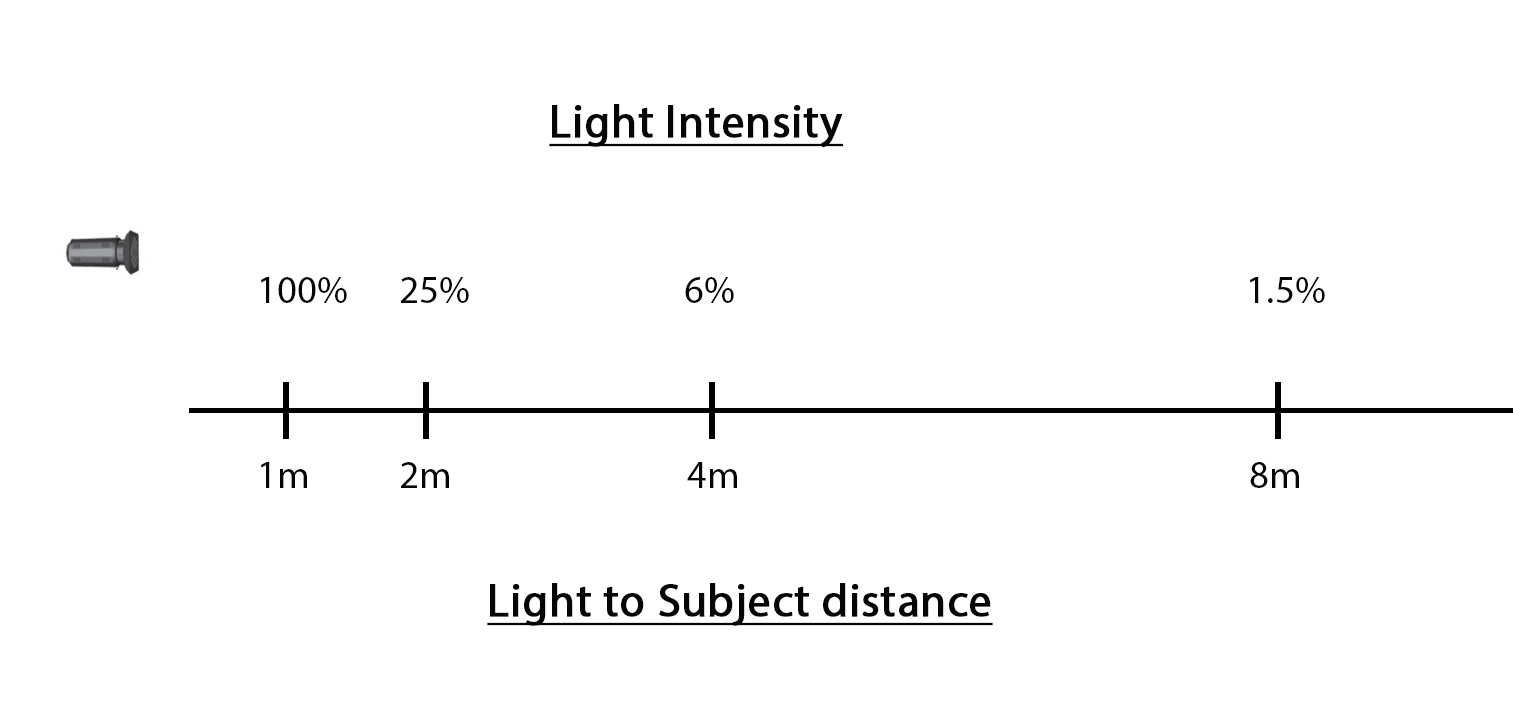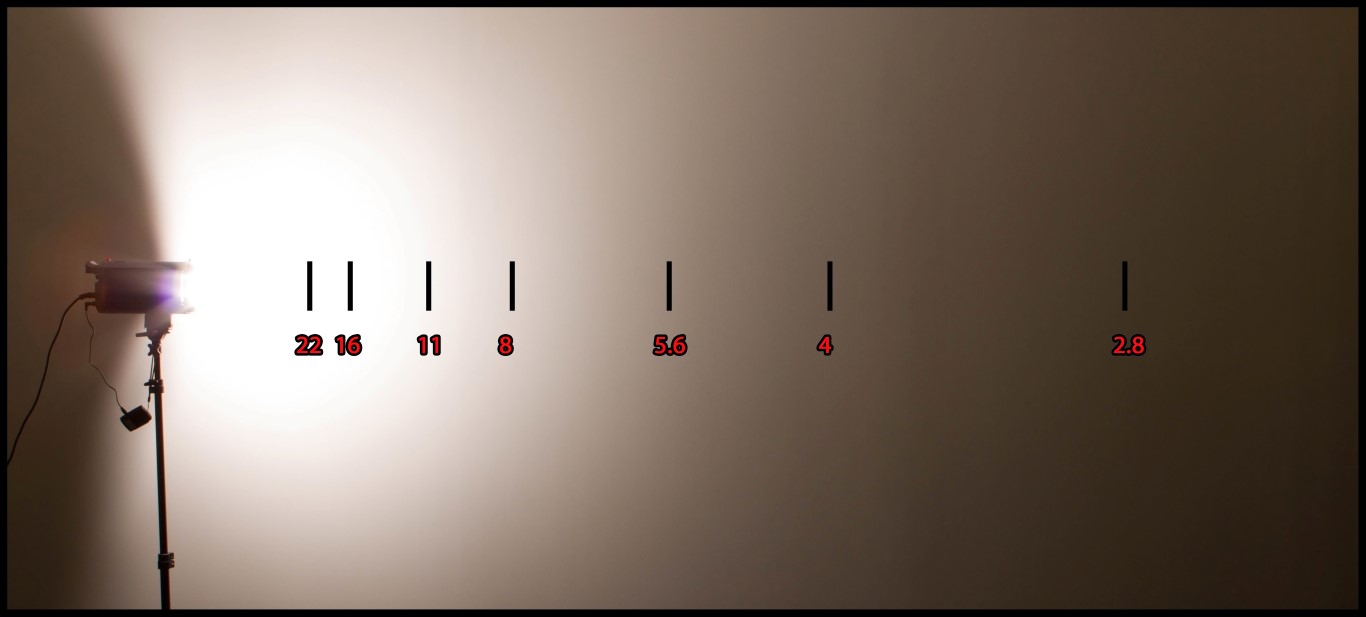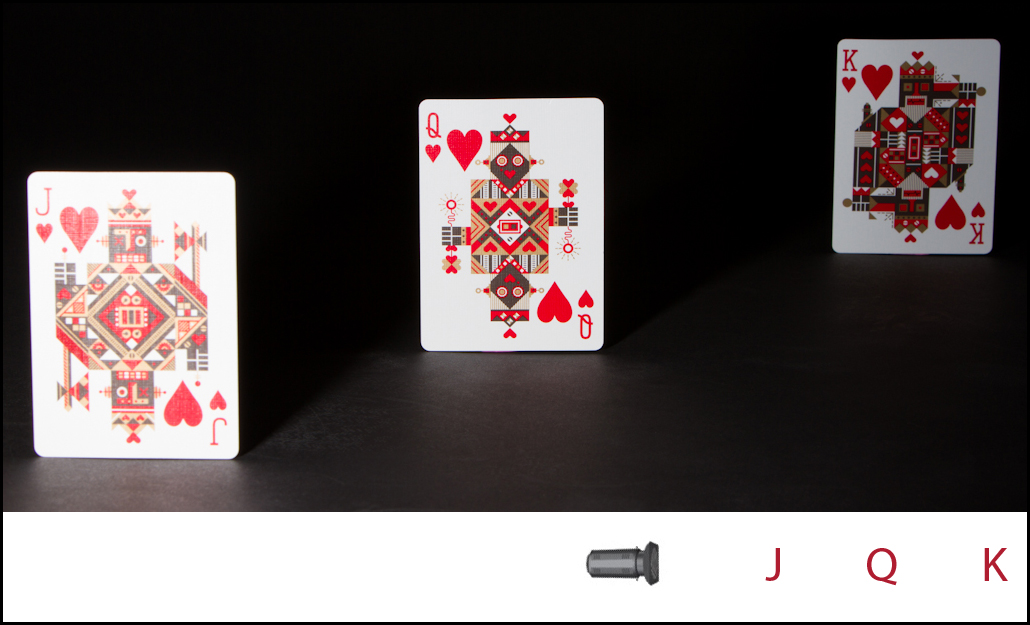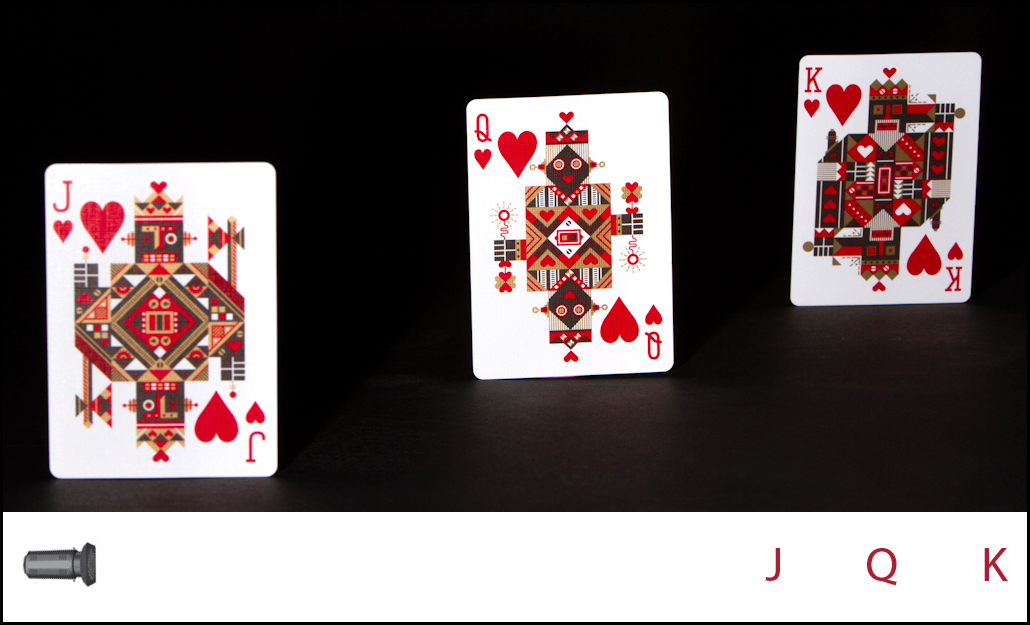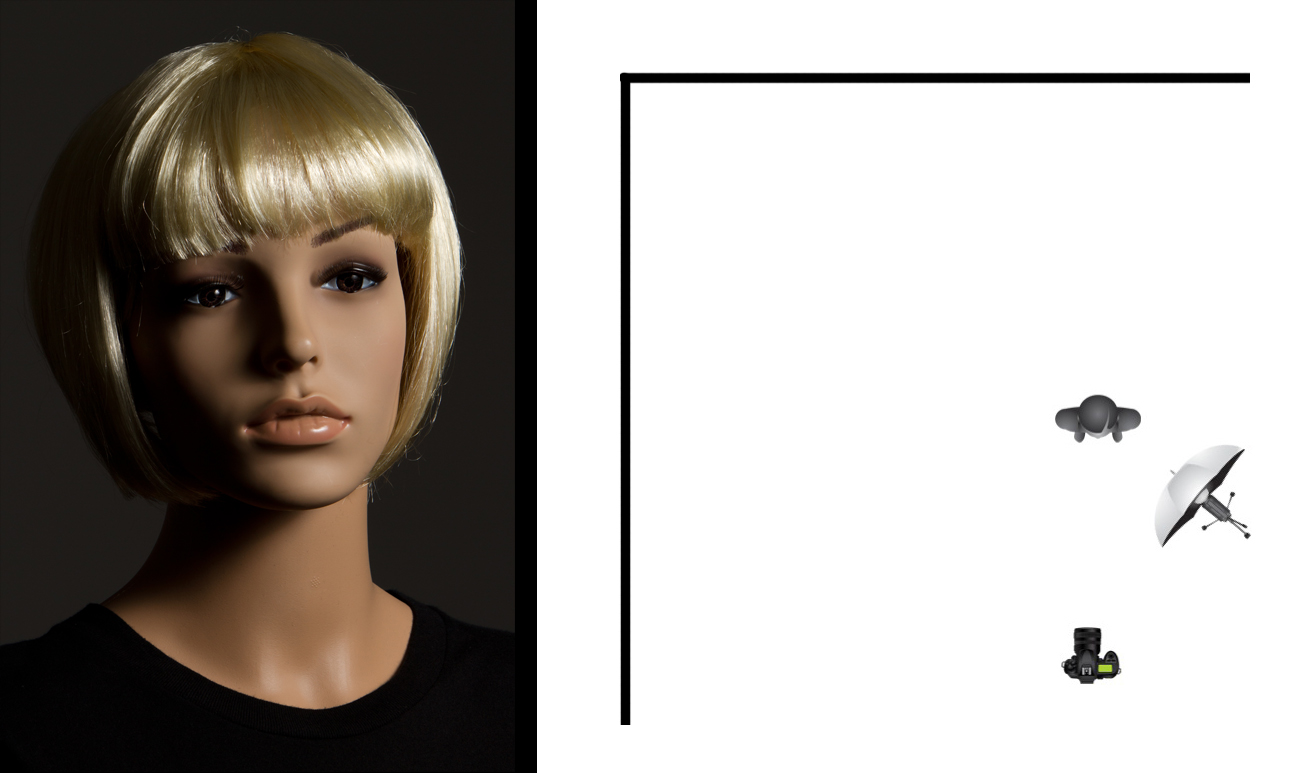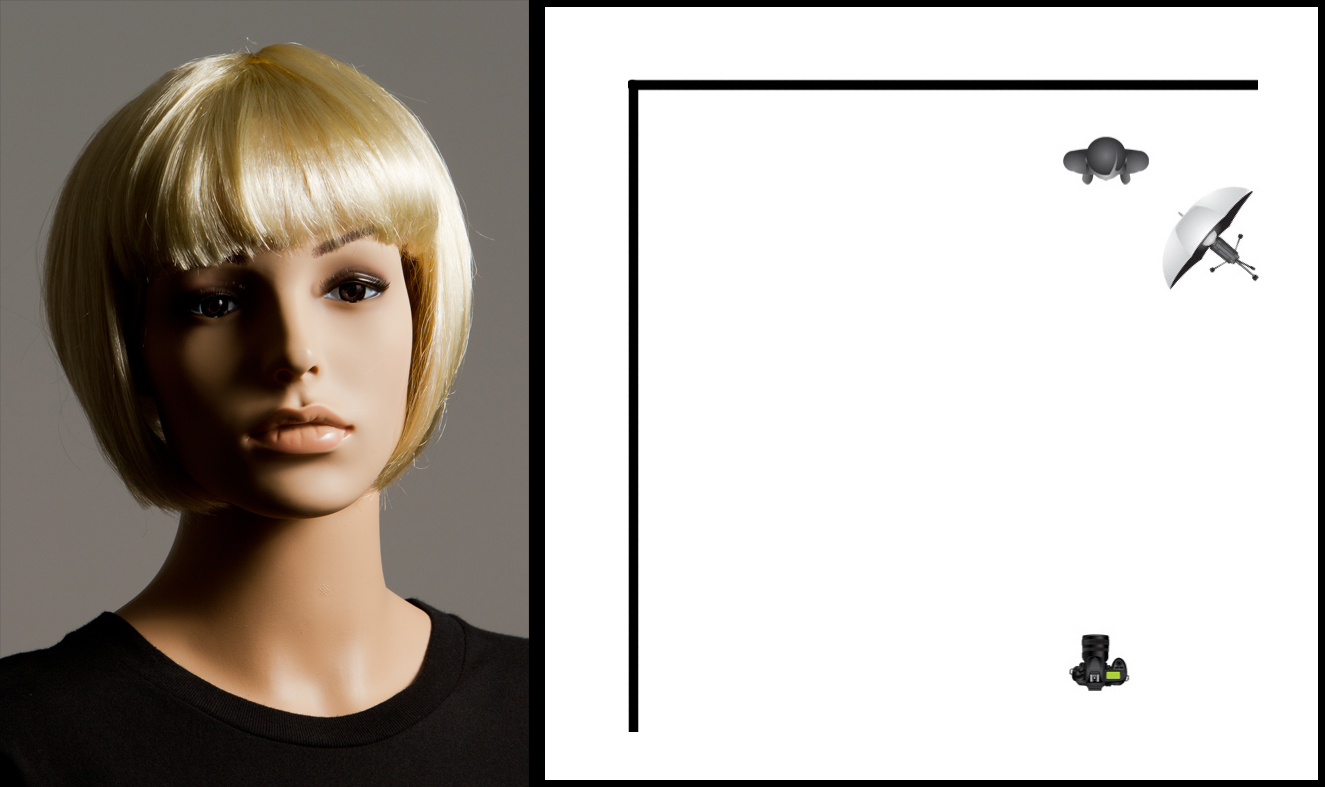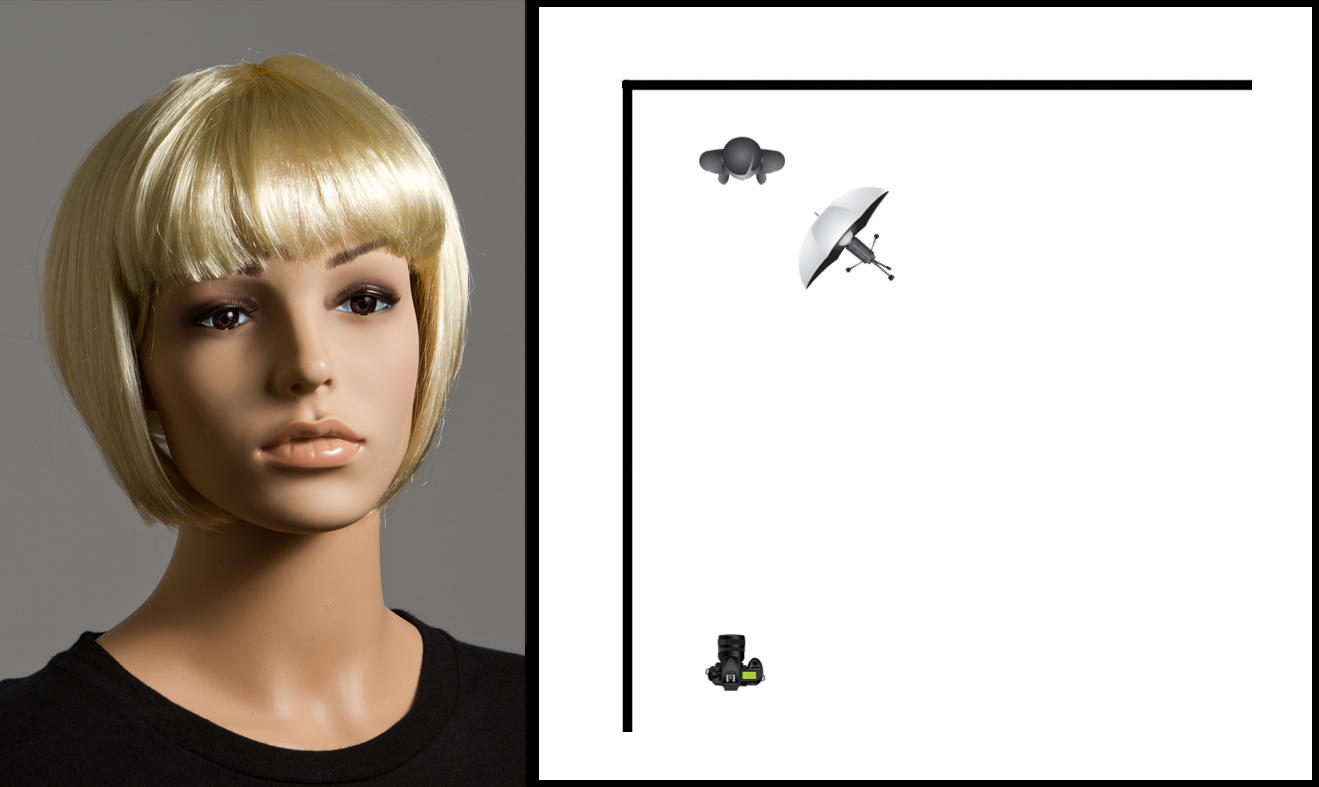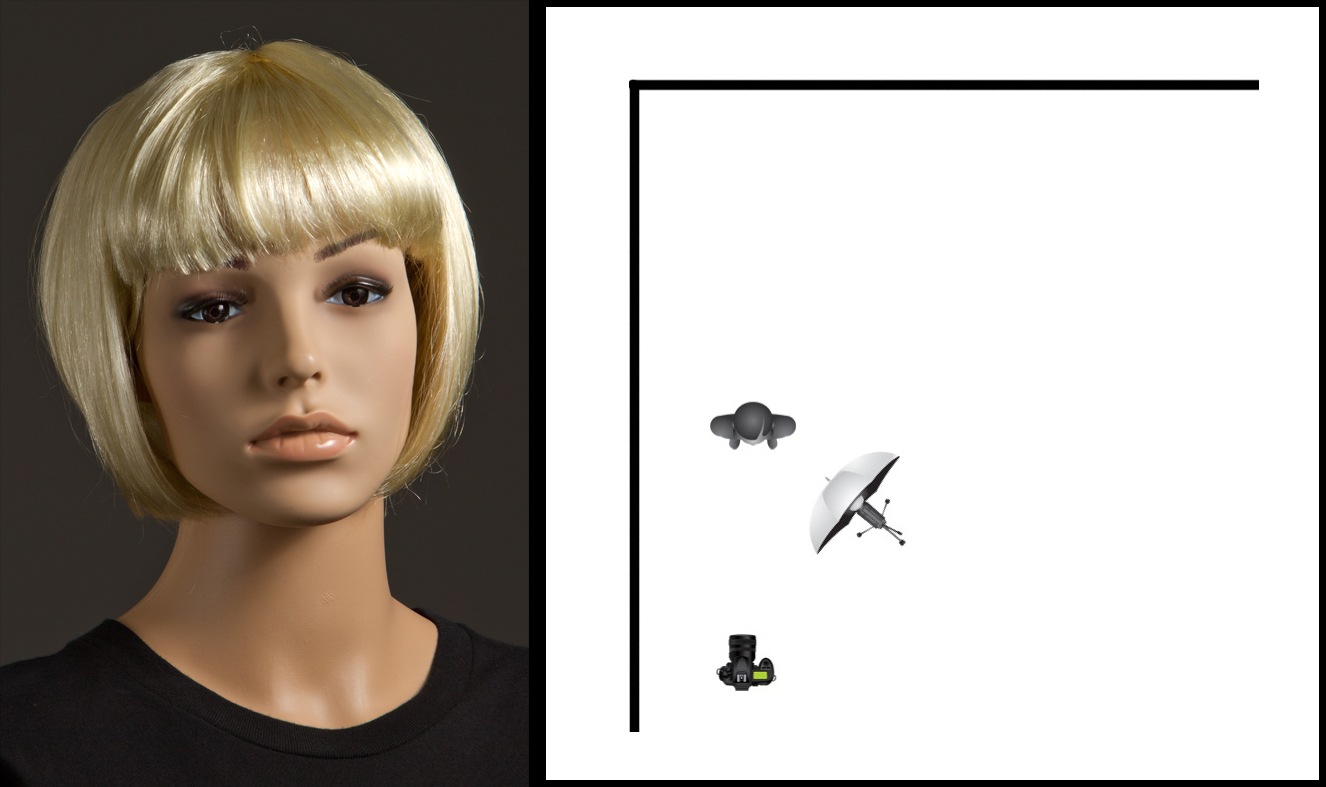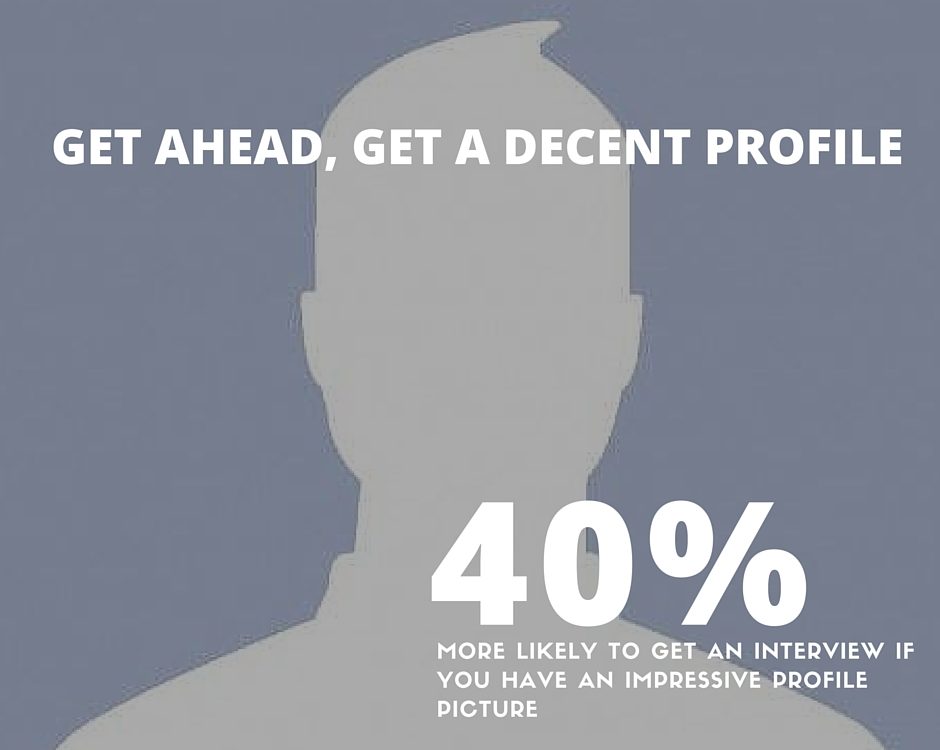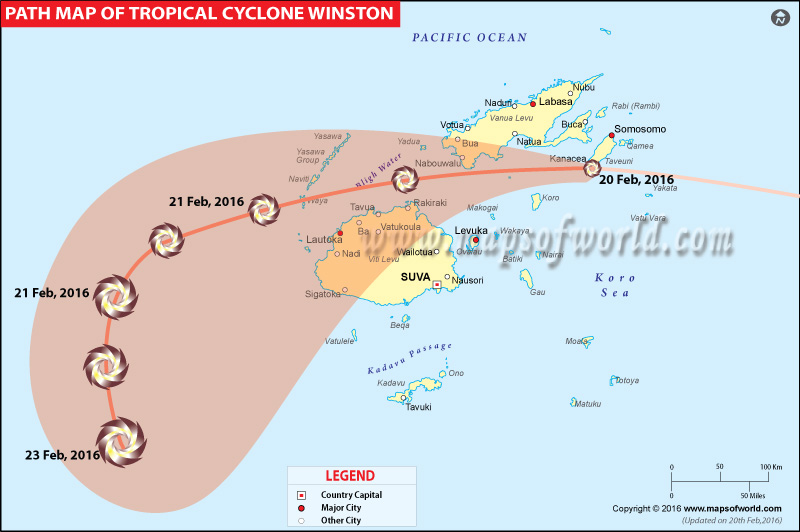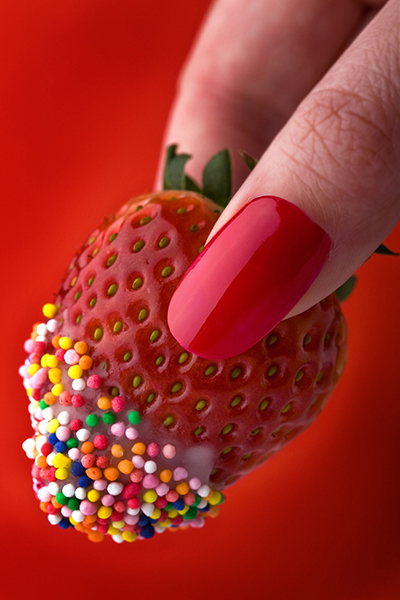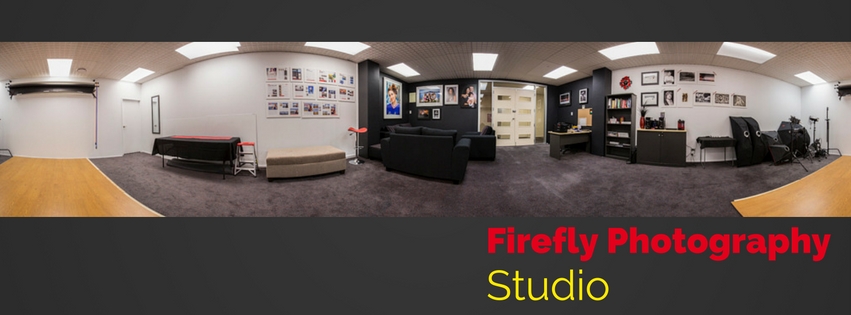If you’ve been following my articles it should come as no surprise that I’m a huge fan of off-camera flash.
Speedlights are a lot more portable than their studio-dwelling cousins, and the fact that they are sources of light which are incredibly easy to experiment with has dramatically improved my understanding of light and lighting.
In this article I will be delving into one particularly important principle of light – Light fall-off.
The way in which light intensity diminishes as the distance from the light source increases has immense practical implications for photographers.
Believe it or not, you actually know a lot more about this than you think.
Imagine a dark room. In this room a spotlight is shining on a wall 1m away. What would happen if we moved that light another metre away from the wall? (Double the distance)
No points for knowing that the light shining on the wall won’t be as bright.
The question is, by how much will that light intensity have dropped?
Seeing as we’ve doubled the distance you would be forgiven for thinking that the light intensity would be halved. However, you would be wrong. It would be reduced to 1/4 of what it was.
This relationship between light intensity and the distance between light and subject is governed by the Inverse Square Law.
The Inverse Square Law
“The intensity of light radiating from a point source is inversely proportional to the square of the distance from the source.”
Simply put, if we double the distance (ie increase it by a factor of 2), we reduce light intensity to 1/4 of what it was.(Distance = 2. Inverse = 1/2. Squared = 1/2 x 1/2 = 1/4)
By the same formula, if we triple the distance we reduce light intensity to 1/9th of what it was.
The diagram below illustrates how light intensity changes with increased distance from the light source.


